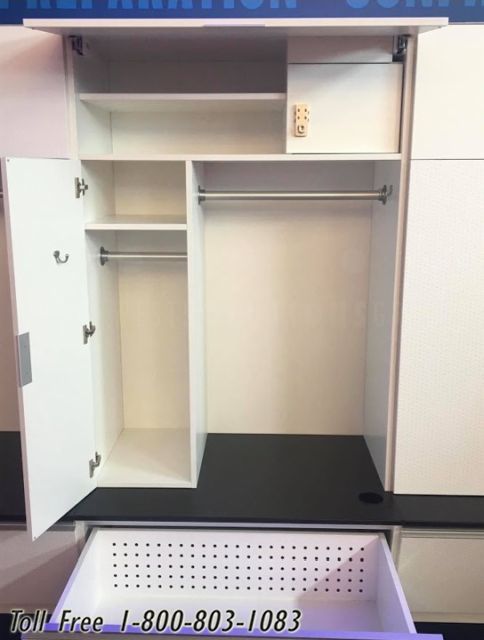Storage Lockers for Designers & Architects
Maximizing storage capacities is a priority for many industries, including athletic facilities, colleges, hospitals, law enforcement agencies, libraries, military facilities, and more.
Room design involves careful consideration regarding current best practices and potential storage needs. While architects and designers cannot predict the future, facilities can count on one thing—the accumulation of items over time. Establishing high-functioning storage areas that allows room to grow helps facilities secure items and ensure staff follows material handling procedures.
For those planning a renovation or new construction, the first step is doing homework. Not only does this step save headaches, but it also ensures that architects and designers are developing plans that meet the facility’s needs.
How Architects and Designers Can Plan for Future Growth
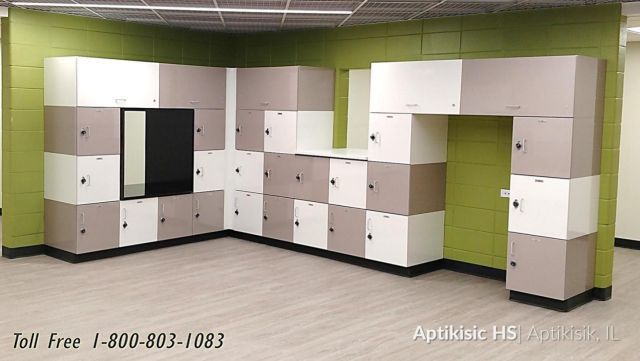
While there’s no way to determine how much storage a particular facility might need, it’s possible to estimate using current and past storage issues. For example, suppose architects and designers analyze how much space a facility is currently using to meet storage needs. In that case, they can use the predictions that government officials supplied them to develop estimates. Those estimates identify potential requirements for more storage, if the current system is working, or if there’s too much.
Additional consideration must also occur regarding the facility’s floor construction. As storage capacities increase over the years, the facility’s floor must accommodate that weight. Considering this now saves companies a significant amount of money if adding floor capacity is an issue in the future. Instead, architects must ensure that the building’s engineering accommodates the need for extra weight from the start.
Storage lockers feature designs specifically for:
- Accommodating a facility’s need for expanding storage capabilities
- Ensuring specific items are secure
- Maximizing the floor space in facilities
- Organizing and inventorying items
Types of Storage Lockers
Storage lockers have various applications, features, and functionality depending on the facility that’s using them. For example, some facilities might need to secure items for easy access. Others might need temporary or long-term locker storage for electronics, personal items, perishable goods, uniforms, or weapons.
Architects and designers can find lockers available as a stand-alone storage unit, including individual units or banks of lockers. Designs can include lockers running the length of a wall or positioning them back to back. Finding the best solution could consist of customization’s to ensure the lockers meet the facility’s storage needs.
Evidence Lockers
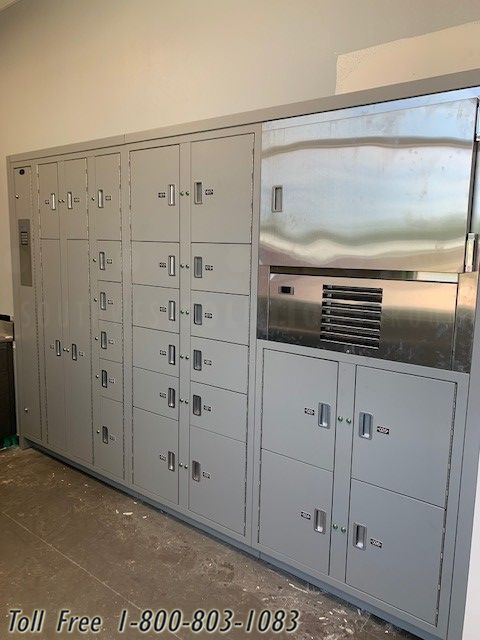
- Pass-through units for temporary evidence storage
- Non-pass-through units for temporary evidence storage
- Outdoor stainless steel units for flammable or hazardous materials
- Refrigerated lockers for biological and DNA evidence storage
Day Use Lockers
Day lockers are available for facilities in need of a temporary storage solution. Examples of such facilities include businesses, breakrooms, hospitals, universities, and more. Because these storage lockers are keyless, there’s no need for users to worry about worrying about lost keys or theft.
Using day lockers is a straightforward process involving storing items and entering a four-digit code after closing the door. Retrieving objects from these lockers involves entering that same four-digit code. After finishing, the lock automatically resets itself for the next user.
Smart Parcel Lockers
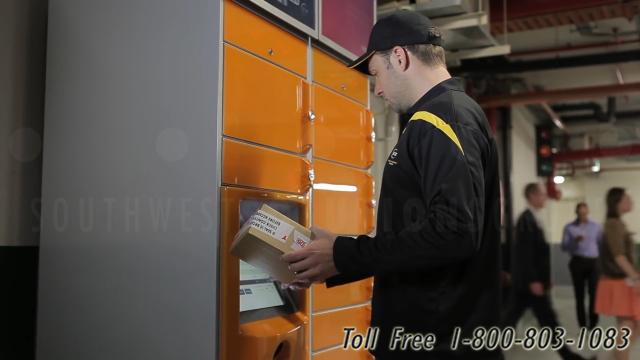
Several businesses and facilities use this solution, including:
- Apartment complexes
- Condominiums
- Large enterprises
- Small businesses
Using the system is a straightforward process. Users receive a notification immediately after a package arrives. This notification helps users understand that their package is secure from when it goes out for delivery until it comes.
24/7 Parcel Locker Kits for Condos & Apartments
Personal Storage Lockers

- Full-height wall units
- Door and drawer options
- Door, drawer, and bench combinations
- Tiered options
Space-efficient designs are ideal for military deployment storage. Not only do these lockers secure gear, but they also prevent theft.
Benefits and Features of Storage Lockers
Managing any industrial, law, or military facility means having sufficient inventory and storage. That could mean storing weapons for law enforcement or military facilities or storing mail or other personal items at a business, company, or school. It’s beneficial for architects and designers to incorporate these storage solutions not only for maximizing space but also for security features as well.
Additional benefits include:
- Access control features
- Increase ease of accessibility on smart lockers
- Minimum space usage
- Maximum organization
- Safe and secure storage
Lockers provide individuals with personal space, and it’s their responsibility to maintain that area. At the same time, lockers also teach people how to respect the belongings of others.
Additional features include:
- Bases with drawers
- Benches with drawers
- Durable doors and shelving
- Durable hinges
- Keyless entry
- Sloped or flat tops
How Storage Lockers Benefit Military Personnel
Military facilities need storage for a variety of items, including medical and office supplies, as well as weapons. Having such storage in lockers helps secure items by establishing chain-of-custody or access control features. Military personnel benefit from storage lockers in the following areas:
- Arms rooms: A critical component for every branch of the military includes arming personnel with state-of-the-art weaponry and keeping it organized and secure
- Communications and pelican case storage: Military personnel depend on functional communication systems, including cryptography and military radio systems houses in lockable storage cabinets
- Maintenance supplies storage: Large military bases need storage for electronics and other maintenance supplies that are heavy-duty
- Medical supplies storage: Military facilities need temporary and long-term medical supply storage, including climate-controlled storage lockers
- Military locker rooms: Durable and flexible solutions must be part of an armed forces locker room, including examples like gear lockers and day lockers for housing field gear and personal items.
Technical Specifications and Design
Choosing the right locker solution involves looking at its durability, functionality, and longevity. That’s why many businesses are turning to metal storage lockers. The technical specifications and design depend on which storage locker solution architects and designers select. While many companies use in-house engineering teams for storage lockers, architects and designers have innovative solutions for athletic, educational, legal, medical, and military facilities.
General specifications:
- Material: Steel
- Finish: Powder coat
- Construction: Upright
- Hinges: Full-length
Storage Locker Solutions
Space is at a premium in many working environments. That means many companies are incorporating creative storage and space-saving solutions in breakrooms, locker rooms, office areas, production floors, and more. Incorporating storage lockers helps prevent companies from using valuable floor space to store gear, personal items, and more. Here are some examples of systems companies can implement into their floorplans:
Model: 3 Tier Day Lockers (#SSG-3T-122472)
- Columns: 6
- Day locker tiers: 3
- Dimensions: 6’0″ (72″) Wide x 2’0″ (24″) Deep x 6’0″ (72″) High
- Storage cabinet construction: 3/4″ thick double-faced industrial-grade melamine
- Fabrication: Recycled wood waste material for MDF and particleboard
- Locks: Latchbolt lock with an outer metal housing
- Worksurface construction: 11/16″ thick high-pressure laminate
Model: 7 Evidence Lockers-34 Total Openings (#SSG-EVL-7_Wide-34_Total_Openings)
- Base: 14 gauge steel
- Dimensions: 14’0″ (168″) Wide x 2’0″ (24″) Deep
- Doors: 18 gauge steel
- Fabrication: 75% recycled steel
- Frame: 18 gauge steel
- Locks: One-piece removable stainless steel push-button lock
Model: PSL-Full Height-Option 3 (#SSG-PSL-Full_Height-Option_3)
- Bench: 200 lb. capacity
- Dimensions: 16’0″ (192″) Wide x 2’0″ (24″) Deep x 6’4″ (76″) High
- Doors: 18 gauge steel
- Fabrication: 75% recycled steel
- Locks: Multiple options available
- Optional: angled top
Model: 100 Unit – 10 Daily Packages – 12 Total Openings – Laminate Smart Locker (#ssg-tz-100)
- Computer: Windows-based with GMS modem and ethernet port
- Dimensions: 3’4″ (40″) Wide x 2’0″ (24″) Deep x 6′ 4″ (76″) High
- Extra small doors: 6
- Medium doors: 2
- Large doors: 0
- Small doors: 4
- Touchscreen: 15″ with wireless barcode scanner
- Wall jack: RJ-45 for internet access
- Exterior finish: Laminate
 Locker Prices
Locker Prices
See specifications and pricing for art shelving, display panels, and drawer storage cabinet solutions.
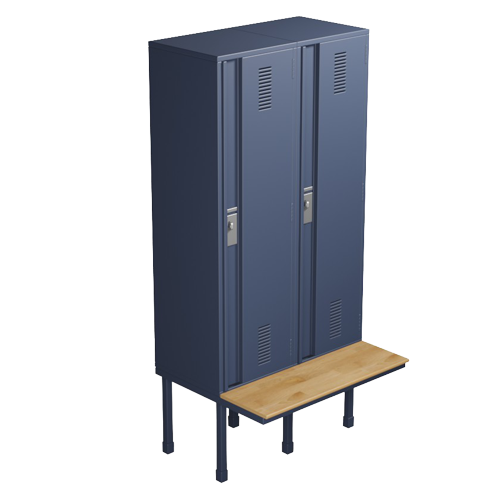
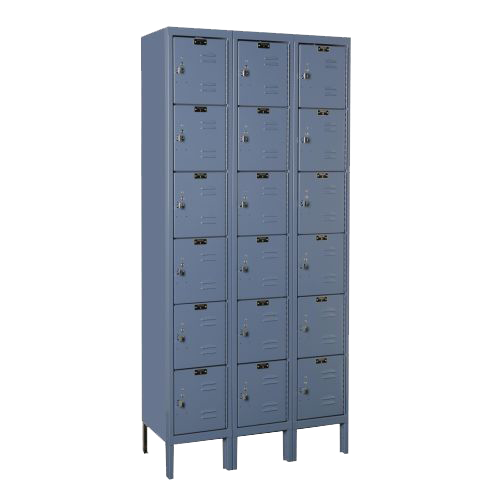
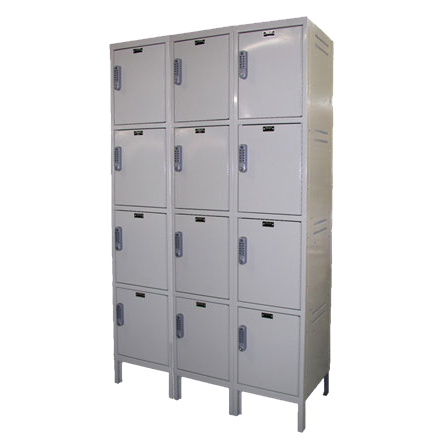
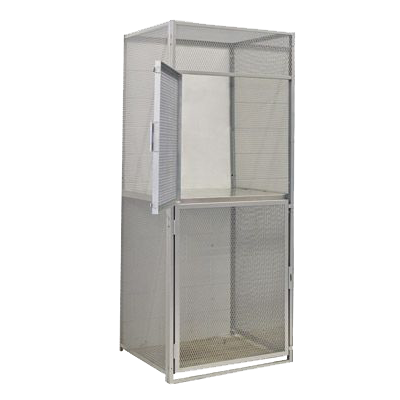
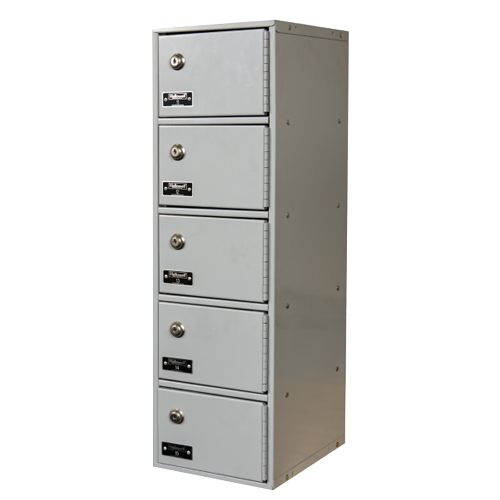
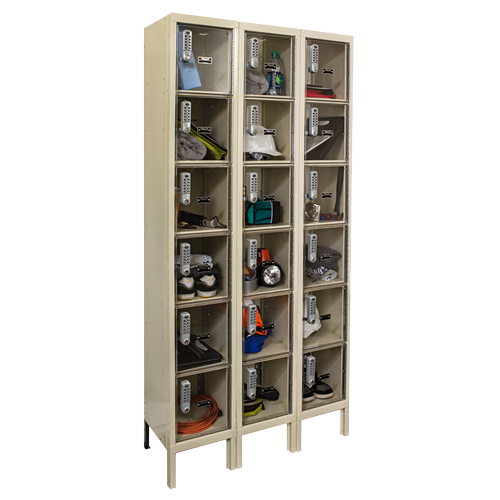
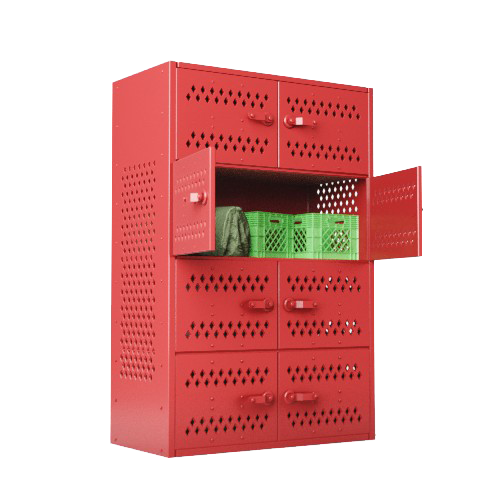
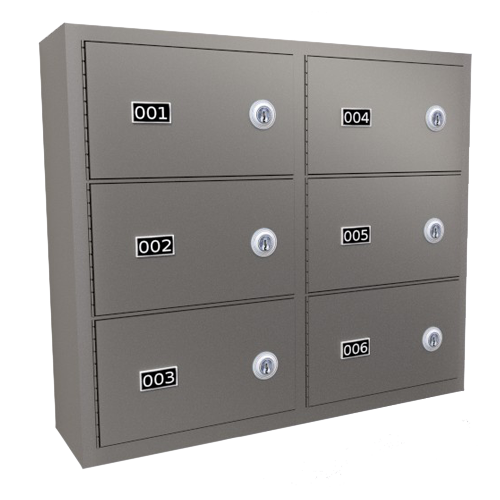
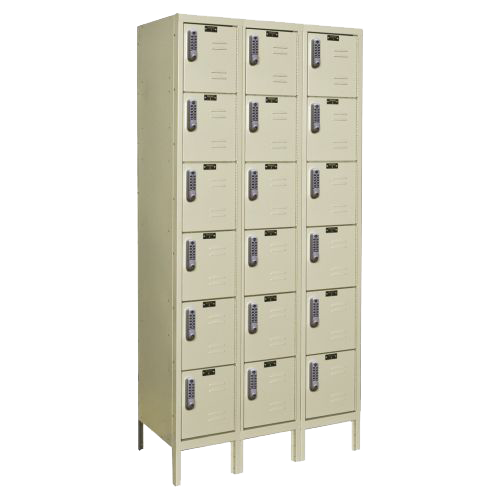
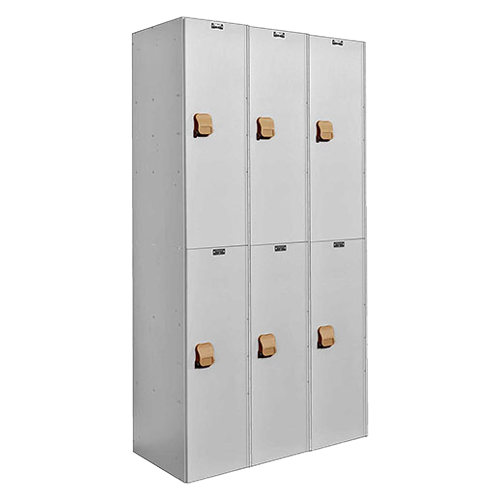
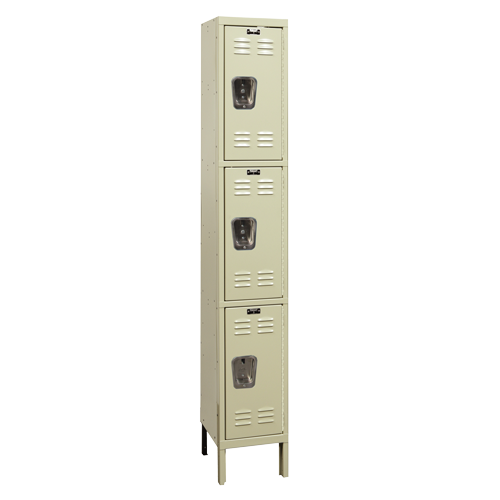
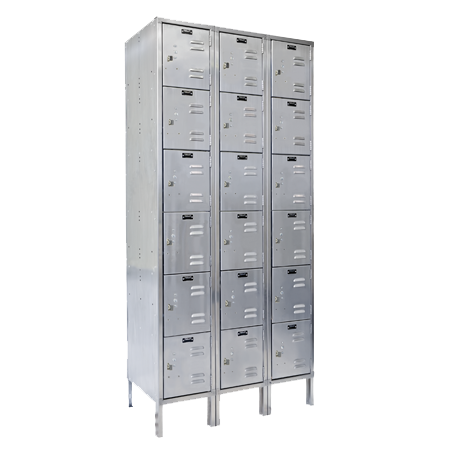
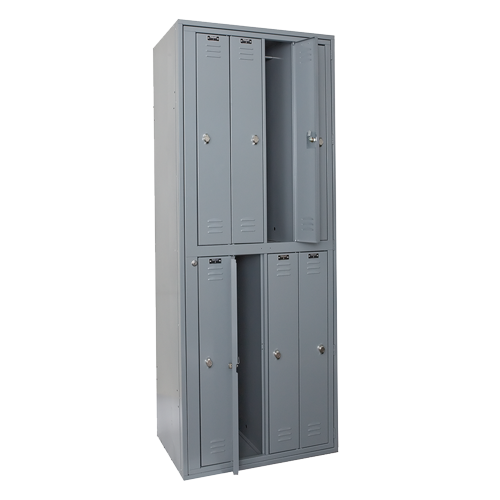
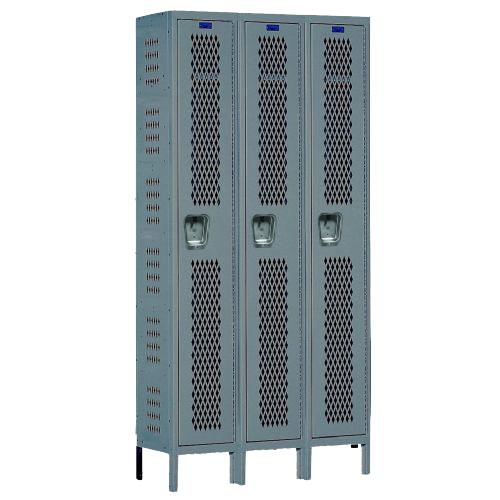
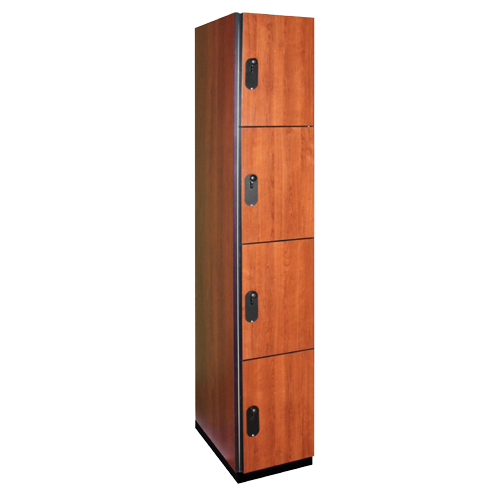
Storage Locker Solutions Architects and Designers Should Know
Southwest Solutions Group® provides multiple industries with innovative storage locker solutions. To contact our design experts for more information about configurations and installation, call us at 1-800-803-1083 or send us a message today.

